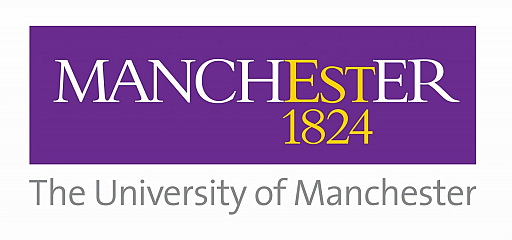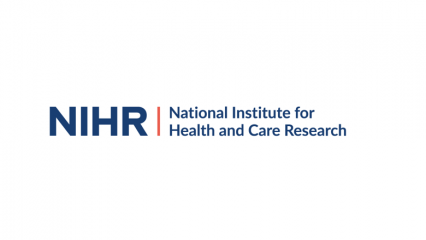Manchester researchers use airport camera to test impact of medicine on eye disease
Researchers at Central Manchester University Hospitals NHS Foundation Trust (CMFT) hope their novel application of an iris recognition camera – normally used by airport security – will produce the first accurate assessment of a condition that can cause children and young people to lose their sight.
Mucopolysaccharidoses (MPS) diseases are a group of rare and life-limiting conditions in which children are born without the necessary enzymes to breakdown glycosaminoglycans, which occur in a wide range of tissues. These substances are essential to normal bodily functions, but when too many build up they cause a range of symptoms that can be fatal before the child reaches adulthood, including heart, bone, brain and eye issues.
Saint Mary’s Hospital has made a considerable contribution towards improving the life expectancy and quality of life for children and young people with MPS in recent years by delivering research to develop some of the first enzyme replacement therapies (ERT). However, there is little evidence available to establish the effect of these treatments on visual impairment and blindness due to difficulties in being able to accurately and consistently measure corneal clouding in this group of patients.
Dr Jane Ashworth, Consultant Ophthalmologist at Manchester Royal Eye Hospital (MREH), is now leading a trial that aims to provide the first accurate evidence as to whether corneal clouding changes over time as a result of treatments for MPS.
The researchers will also compare the ability of the Iris Camera against a commercially available technology for measuring corneal clouding: the Pentacam®. Preliminary work at MREH has shown that it may be easier for clinicians to use the Iris Camera to assess children with MPS, as some patients are afflicted by developmental delay or physical disability that makes it difficult for them to remain still through a Pentacam® assessment.
Dr Ashworth explained:
The Iris Camera was developed with children and young people in mind. It features friendly spoken instructions to help them sit in the correct place, and it is lightweight and portable so that it can be moved to the most comfortable position.”
The study is currently recruiting 30 MPS patients, all of whom already attend CMFT for regular eye appointments. The study will inform ophthalmologists of best practice in managing the visual symptoms experienced by patients with MPS in the future.
Ollie Moody from Drighlington, Bradford, has Maroteaux-Lamy syndrome (MPS VI) which affects his eyesight. The 21-year-old is one of the patients who is taking part in the study. He said:
I have had many eye examinations in the past, but have had no real feedback around my level of corneal clouding and therefore if the treatments I’m already taking are helping, slowing or stopping the problems. I welcome the new camera technology and the work the researchers are doing to help gain better feedback for myself and other patients.”

Ollie Moody and Dr Jane Ashworth
“Previously, corneal clouding could only be assessed by a consultant manually looking into the eye, which made measurements subjective, unreliable, and difficult to compare in order to see whether treatment had an impact,” explained Professor Tariq Aslam, Consultant ophthalmologist at MREH and Senior Lecturer in Ophthalmology at The University of Manchester, who devised the software after being granted special access by IrisGuard Inc. the world leader in Iris recognition technology with many successful deployments around the world.
Dr Ahmed Javed, Clinical Research Fellow at MREH, added: “The Iris Camera uses very safe Near Infra-Red (NIR) technology to capture iris images that are considered the most accurate in the industry. We are using those images to objectively measure the density and extent of clouding and give it a score, allowing us to accurately report on changes to the eye.”
The trial, which is funded by Biomarin Pharmaceutical Inc., has already recruited its first patients and will run for three years.




